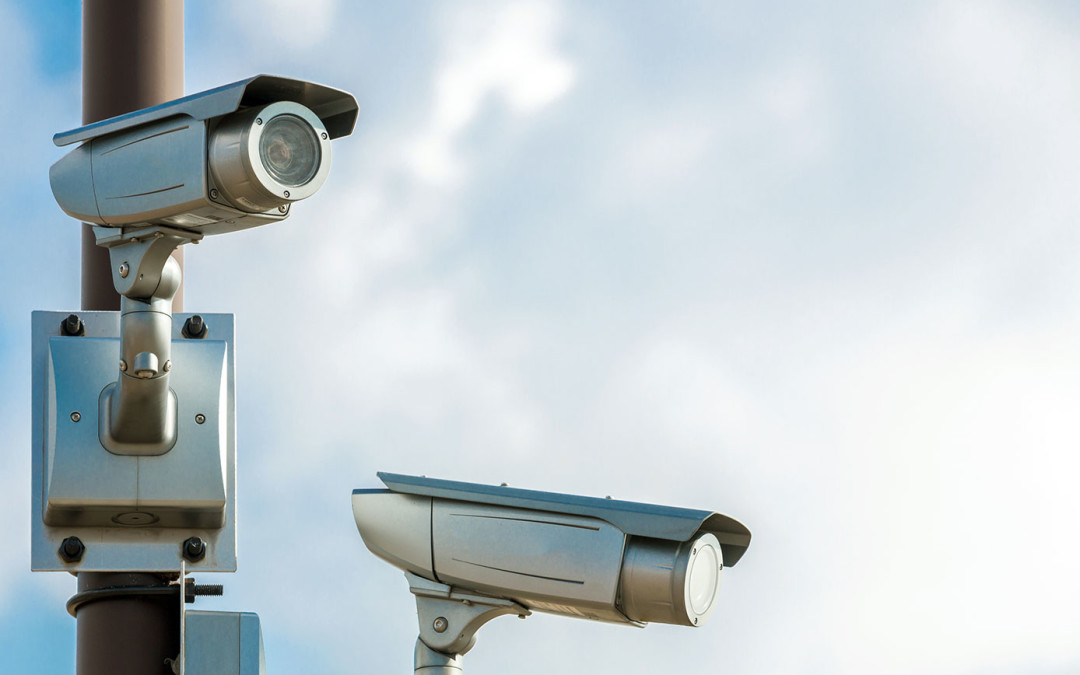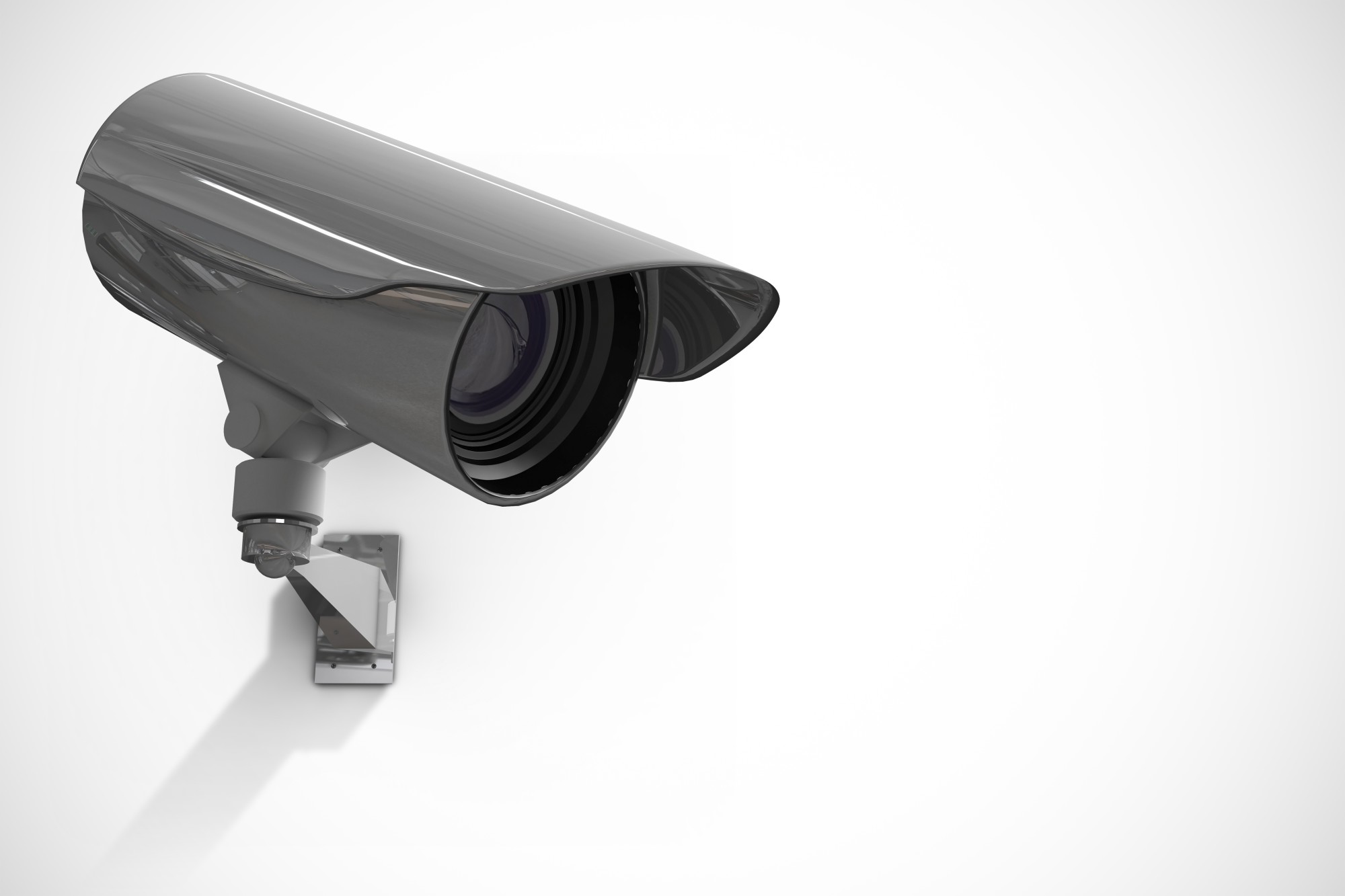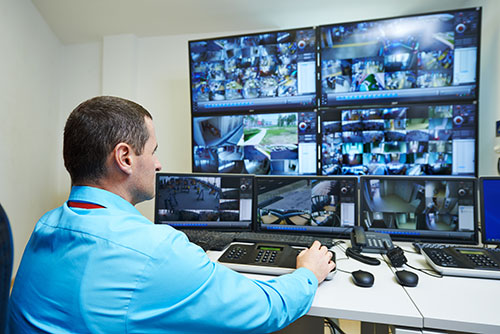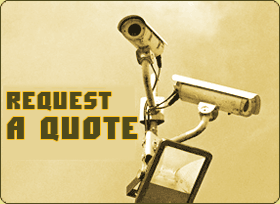
The Crucial Role of Surveillance and Security Systems in Safeguarding Businesses and Industries
In an increasingly interconnected world, the significance of surveillance and security systems has never been more apparent. Across businesses, commercial establishments, and industries, these systems play a pivotal role in safeguarding assets, ensuring the safety of employees and customers, and maintaining operational integrity. In this blog, we delve into why surveillance and security systems are crucial for businesses and industries, highlighting their numerous benefits and the role they play in maintaining a secure environment.

Deterrence and Prevention: One of the primary reasons surveillance and security systems are vital is their power to deter criminal activities. The mere presence of visible cameras can discourage potential wrongdoers from engaging in theft, vandalism, or other illicit acts. Knowing that their actions are being monitored and recorded significantly reduces the likelihood of criminal incidents, making these systems an effective preventive measure.
Crime Investigation and Resolution: Should a security breach or crime occur, surveillance systems provide an invaluable tool for investigation and resolution. High-definition cameras capture detailed footage that can serve as critical evidence for law enforcement. This not only aids in identifying culprits but also facilitates the swift resolution of cases, thereby minimizing disruptions to business operations. 
Employee and Customer Safety: Businesses and industries have a responsibility to provide a safe and secure environment for their employees and customers. Surveillance systems contribute to this by monitoring premises in real-time. In case of emergencies, such as fires or accidents, security personnel can respond promptly, ensuring the safety of everyone on the premises.
Operational Oversight: Surveillance systems extend beyond security concerns to offer insights into daily operations. Managers and administrators can use camera feeds to monitor employee performance, optimize workflows, and ensure adherence to safety protocols. This dual-purpose functionality enhances both security and operational efficiency.
Remote Monitoring and Management: Modern surveillance systems offer the advantage of remote monitoring and management. Business owners and managers can access camera feeds and system data from anywhere, using mobile apps or web interfaces. This capability empowers decision-makers to stay informed and take timely actions, even when off-site.
Loss Prevention and Asset Protection: For businesses dealing with valuable inventory or assets, surveillance systems serve as a critical tool for loss prevention. Real-time monitoring allows security personnel to identify and respond to unusual activities, preventing theft or unauthorized access. Additionally, surveillance records can aid in recovering stolen property or assets.
Compliance with Regulations: Many industries are subject to strict regulations regarding security and safety. Surveillance systems can help businesses adhere to these regulations by ensuring that necessary security measures are in place and documented. This not only prevents legal liabilities but also contributes to a positive reputation within the industry.
Remote Alarms and Alerts: Surveillance systems are often integrated with advanced technologies such as motion sensors and intrusion detection systems. In the event of unauthorized access or suspicious activities, these systems trigger alarms and alerts, notifying security personnel or designated individuals. This real-time notification enables swift responses, minimizing potential risks.
Future-Readiness and Technological Advancements: As technology continues to evolve, so do surveillance and security systems. Businesses and industries that invest in these systems are better prepared to adopt future technological advancements. Features like AI-driven analytics, facial recognition, and integration with IoT devices are shaping the next generation of surveillance, offering even more robust security solutions.
In conclusion, surveillance and security systems are not just optional add-ons; they are integral components of a comprehensive risk management strategy for businesses, commercial establishments, and industries. By deterring criminal activities, aiding in investigations, ensuring safety, enhancing operational efficiency, and promoting compliance, these systems contribute to the overall success and resilience of an organization. Embracing the latest advancements in surveillance technology positions businesses and industries at the forefront of security, ready to address emerging challenges and opportunities.
